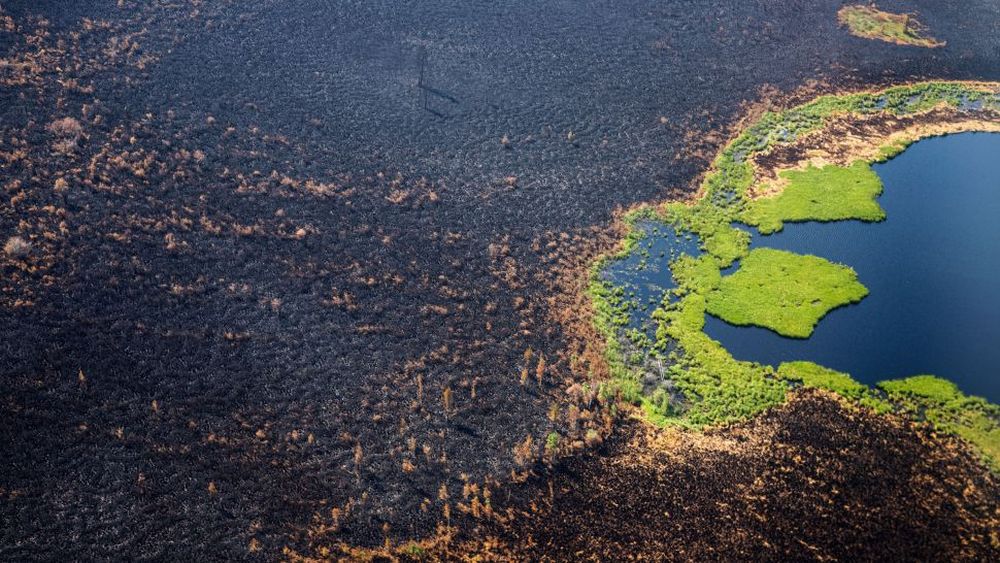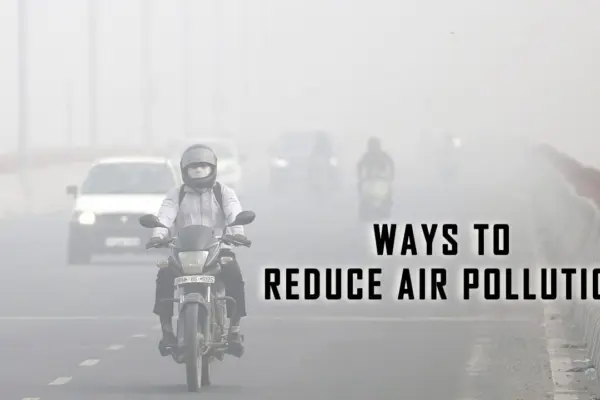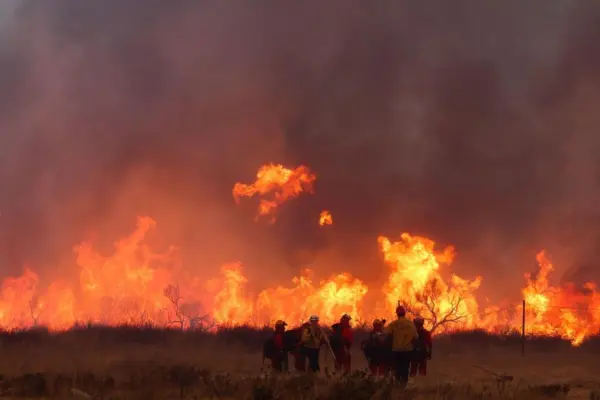Smoke From Siberia’s Wildfires Reaches The North Pole for The First Time In History
Smoke from blazing wildfires in Russia’s Siberia region has reached the North Pole for the first time in the recorded history. Devastating images were captured by satellites of the US space agency NASA, indicating major smoke produced from numerous wildfires in the Sakha Republic of Siberia.
Stretching over 3,000 miles (4,800 kilometers), smoke from the Yakutia region in the northeast of Siberia has spread up to the North Pole. The Sakha Republic, also known as Yakutia, once recorded the coldest temperature on the earth of minus 64.4 degrees Celsius, contrarily this region has witnessed high temperature in winters in recent times.

Image: Dimitar Dilkoff/AFP
Raging fires in the region are a consequence of the negligence of the authorities, towards the forest fires. As they let large areas burn every year under a law that permits them not to intrude if the cost of fighting fires is greater than the damage caused unless it affects inhabited areas.
According to an expert from NASA, the wildfires in the region are bigger than all the other ongoing forest fires burning in the world combined.
Also Read: Wildfire in Algeria Kills 42 People Including 25 Soldiers
This year the smoke produced is equivalent to more than 505 million tons (460 million metric tons) of carbon dioxide, and the wildfire season isn’t over yet.
Russia’s weather-monitoring institute Rosgidromet reported that the situation in the region “continues to deteriorate,” with around 13,100 square miles (34,000 square km) of forest currently burning.
Alexei Yaroshenko, a forestry expert with Greenpeace Russia said,
For years, officials and opinion leaders have been saying that fires are normal, that the taiga is always burning, and there is no need to make an issue out of this. People are used to it
According to various environmentalists, climate change is one of the major reasons behind the ongoing wildfire calamity gripping the planet.
Via: Live Science


